Box Quarry is an SSSI (Special Site of Scientific Interest) because of its national importance for hibernating and roosting bats. The bats must not be disturbed in any way. Box Quarry is at the western end of the MOD's Tunnel Quarry site and is partly owned by the MOD but after some modification it was only used as an air inlet for the Tunnel Quarry complex.
Box Quarry is by far the biggest and most complex of all the Bath Stone mines, it is in fact the largest stone mine in the country with many miles of interconnecting passages.
Stone had been quarried from Box Hill since medieval times using open pits but the extent of the stone was unknown until Isambard Kingdom Brunel came in to town. Brunel built his tunnel through the hill which was completed in 1841. While his many men blasted their way through the hill they became aware of the vast quantities of good quality Bath Stone.
Soon after building the tunnel several local companies started to mine the stone commercially, these companies were Pictors, Nobles and Stones. The mines evolved in a haphazard manner and pass over the top of Box Tunnel. Many of the mines ran in to each other underground causing the huge labyrinth of tunnels we have left behind today.
The quarries were accessed through many different entrances, some of which still remain today. The main entrances in to the quarry were Eastgate, Northgate, Westgate, Bridgegate, Backdoor, Clift and what is now called Jack's Workings, named after a stone quarrier. All these entrances were adits, which means that they open in to the side of the hill or a cliff face.
Eastgate was once the biggest entrance but was blocked in 1906. Northgate, Westgate and Bridgegate were also blocked at about the same time. The easiest entrance into the mines nowadays is by Jack's workings. This is in the most southern region of the mines known as the Lower Hill Series. The entrance is found in the woods on Quarry Hill near the west portal of Box Tunnel. Another entrance still accessible is the Backdoor. This is found at the foot off a cliff face near the top of Love Lane. This entrance is somewhat more difficult than Jacks Workings but it does provide direct access into the central-region of the mines.
In the centre of the complex is an area known as the Cathedral, so called because of it's sheer size, it measures 190 feet long, 100 feet high and 25 feet wide at it's centre. In the roof of this chamber there is a large hole about six feet across. All the stone removed from this chamber was hauled through this hole to the surface between the years 1830 to 1850. The roof above the Cathedral is only fifteen feet thick and a row of cottages are partially sited on this.
From Box Quarry you can walk through in to the old MOD areas bordering Tunnel Quarry, this area of Box Quarry was used as an air in take to server the central ammunitions depot using the CDI (Corsham Depot Inlet) fan to draw air through the quarry in to the depots air conditioning system.
Stretching between Box Hill and the end of Box Tunnel, its the largest stone mine in the country and possibly even the world.
Stone had been quarried from Box Hill since medieval times using open pits but the extent of the stone was unknown until Isambard Kingdom Brunel came in to the town. Brunel built his tunnel through the hill which was completed in 1841. While his many men blasted their way through the hill they became aware of the vast quantities of good quality Bath Stone.
Soon after building the tunnel several local companies started to mine the stone commercially, these companies were Pictors, Nobles and Stones. The mines evolved in a haphazard manner and pass over the top of Box Tunnel. Many of the mines ran in to each other underground causing the huge labyrinth of tunnels we have left behind today.
The total quarried area is approximately 2 miles long and a mile wide in an oval shape. The total passage length of Box is estimated at 15 miles if not more. There were many air shafts leading up to the surface but most have now been filled in. The quarry has a system of light rail and a railway siding on the main GWR line at the Corsham end of the Box Tunnel.
There used to be 10 entrances to the Box mines, and originally they were probably all separate quarries which eventually joined underground. These entrances were known as Eastgate, Westgate, Northgate, Bridgegate, Lady Hamilton’s Hole I and the five which still remain open today Lady Hamilton’s Hole II, Hazelbury, Clift, Backdoor and Jack’s Workings, named after a stone quarryman. All these entrances were adits, which means that they open in to the side of the hill or a cliff face.
Eastgate was once the biggest entrance but was blocked in 1906. Northgate, Westgate and Bridgegate were also blocked at about the same time.
The easiest entrance into the mines nowadays is by Jack's workings. This is in the most southern region of the mines known as the Lower Hill Series. The entrance is found in the woods on Quarry Hill near the west portal of Box Tunnel.
Another entrance still accessible is the Backdoor, this entrance was at the front of a large cliff face near the top of Love Lane, and was roughly rectangular before being blocked up. However a small gated hole remains. This entrance is somewhat more difficult than Jacks Workings but it does provide direct access into the Cathedral and the central region of the mines.
In the centre of the complex is an area known as the Cathedral, so called because of it's sheer size. It is a spectacular area of the quarry, measuring 190 feet long, 100 feet high and 25 feet wide at it's centre. In the roof of this chamber there is a large hole about six feet across. All the stone removed from this chamber was hauled through this hole to the surface between the years 1830 to 1850. Stone was quarried through on three levels creating a huge bell shaped cavern underground. The roof above the Cathedral is only fifteen feet thick and a row of cottages are partially sited on this.
From Box Quarry you can walk through in to the old MOD areas bordering Tunnel Quarry, this area of Box Quarry was used as an air in take to server the central ammunitions depot using the CDI (Corsham Depot Inlet) fan to draw air through the quarry in to the depots air conditioning system.
Quarrying techniques:
There were three methods used to extract stone from the ground, driving a horizontal tunnel into the hillside, known as an adit, constructing steeply inclined tunnels, known as slope shafts or digging vertical shafts. Slope shafts were mostly commonly used in the quarries in the Corsham area. On average the shafts descended at an angle of 45°, needing about 200 steps to descend. Vertical shafts were rarely used in the area however vertical air shafts were used in many quarries. The best example is The Cathedral in Box Quarry which was worked downwards from the shaft in the roof and galleries driven off at three levels.
In most quarries the quarryman, or picker, begins his operations at the roof of the stone, chipping away the rock beneath the ceiling for a depth of 9”, forward 3”-5’, and the full width of the heading (up to 20’-25’), the men pick a channel of 6’-7’ back into the rock, this task could take up to two weeks to complete.
Once the picking was complete there was then room below ceiling height to get a saw in above the working face. The saw is worked in first vertically, levers or heavy iron bars were then introduced into the rock at the bottom of the block. These levers are weighted and driven under with sledge hammers and shaken until the block is forcibly detached at the back.
A Lewis bolt is inserted and the block then hauled out by the crane. The broken end and the bed are dressed with the axe, so as to make the block shapely. After trimming the block is tested for soundness. A sound block produces a mellow ring if tapped. If unsound, the fault must be found, usually a crack. Its cubic measurement is calculated, so the money earned can be told. The men’s money depends on the amount of good stone sent out. It is then placed on a trolley and allowed to run to the loading platform, or removed by horse and cart.
After the first block is removed, the workmen have access to the back of the bank of stone, they are now able to use the saw to free the stone without having to break it from the working face, the first block of each face being the only stone broken from the rock. A shallow bladed “razzer” is used until the cut is deep enough to take a full sized saw.
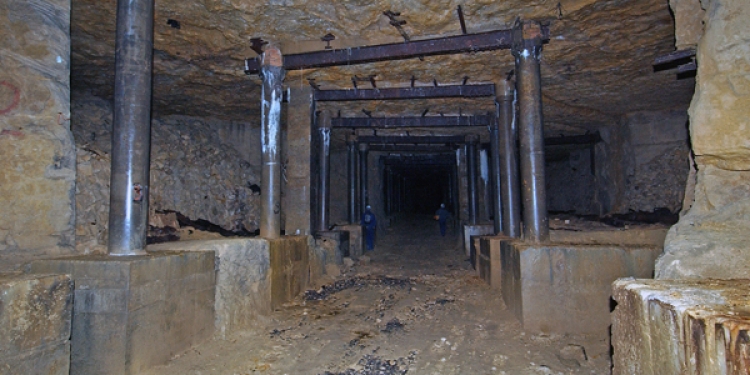

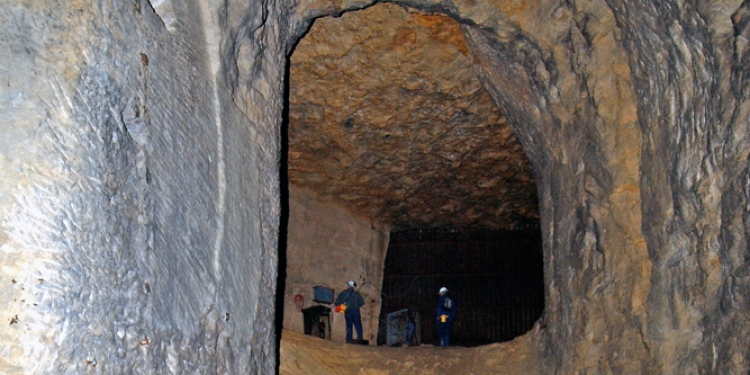
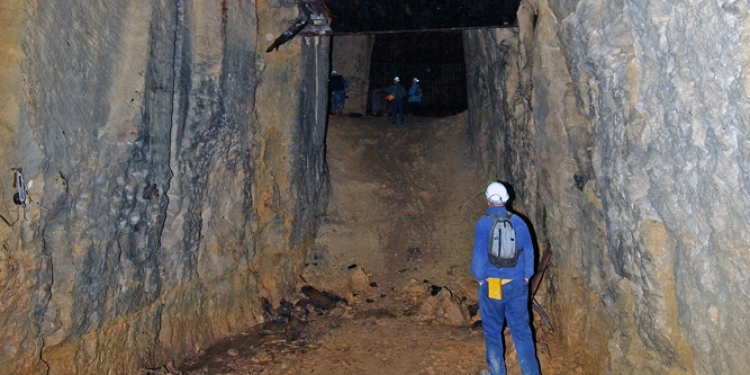
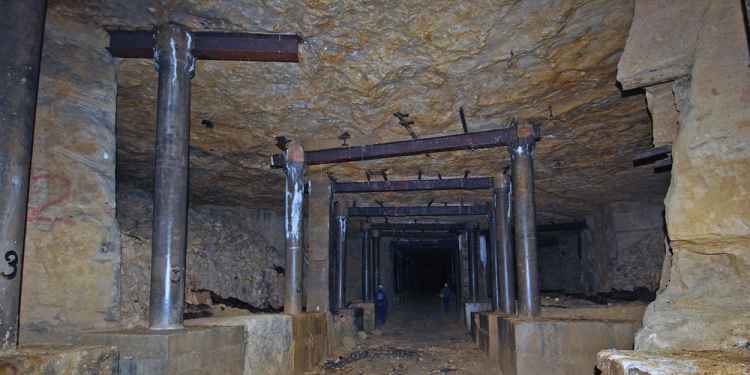
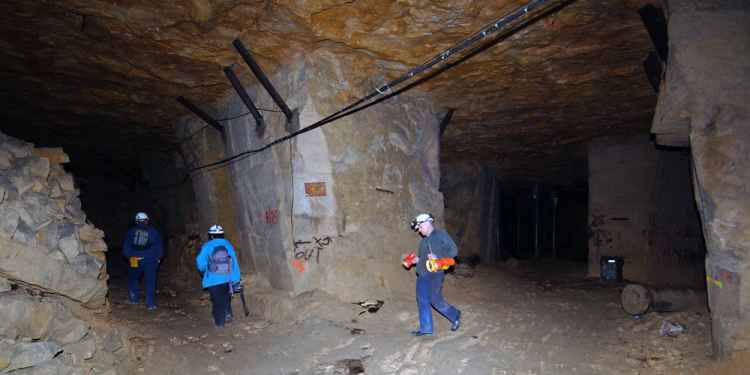
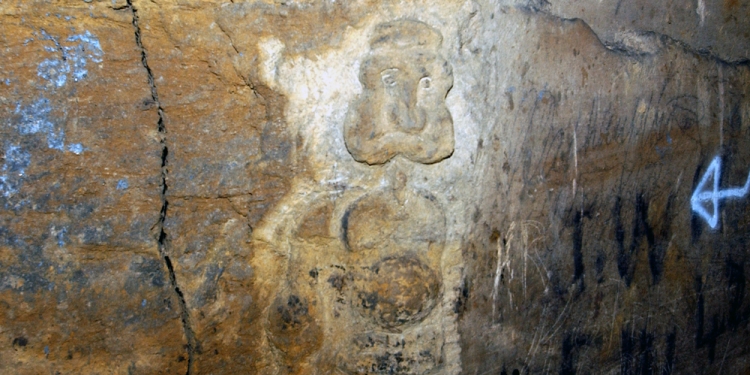
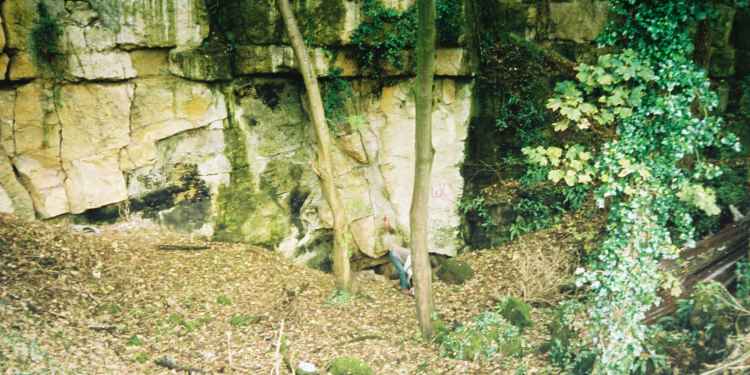

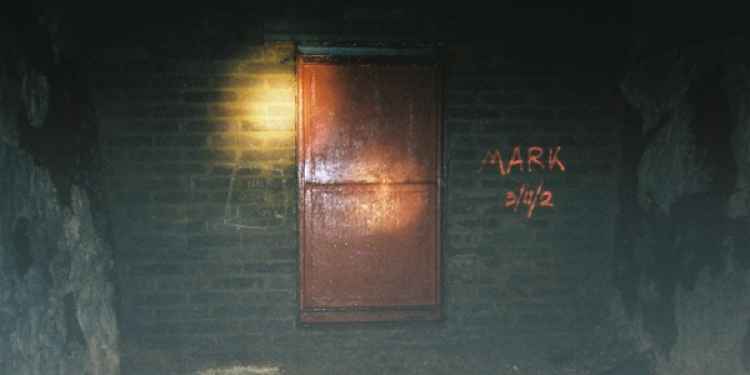


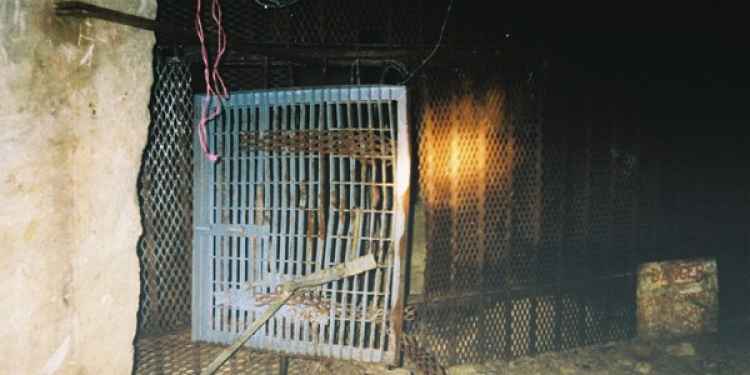
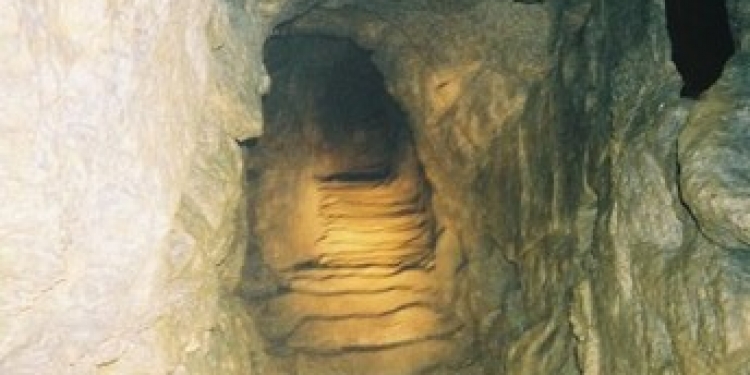
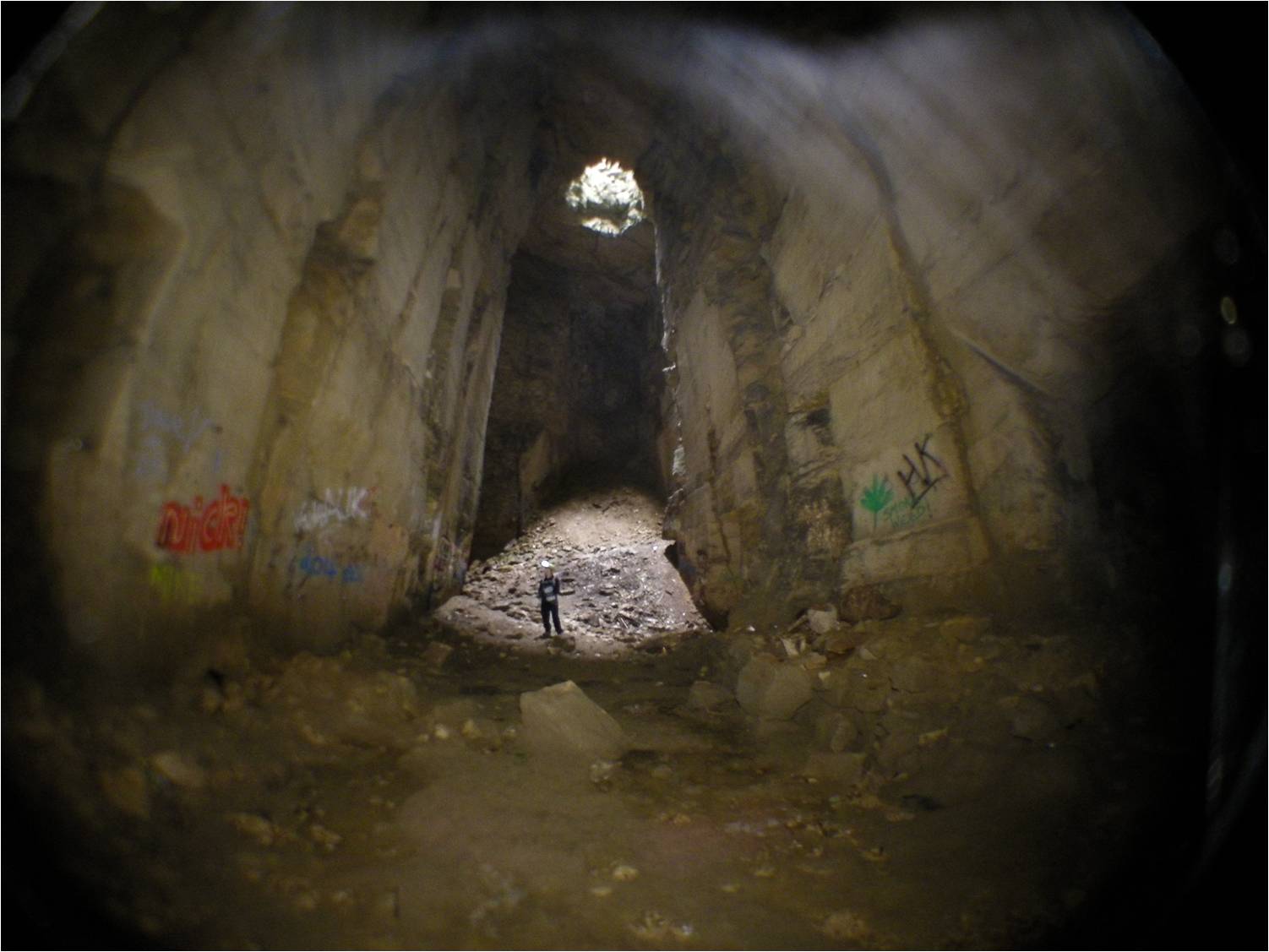
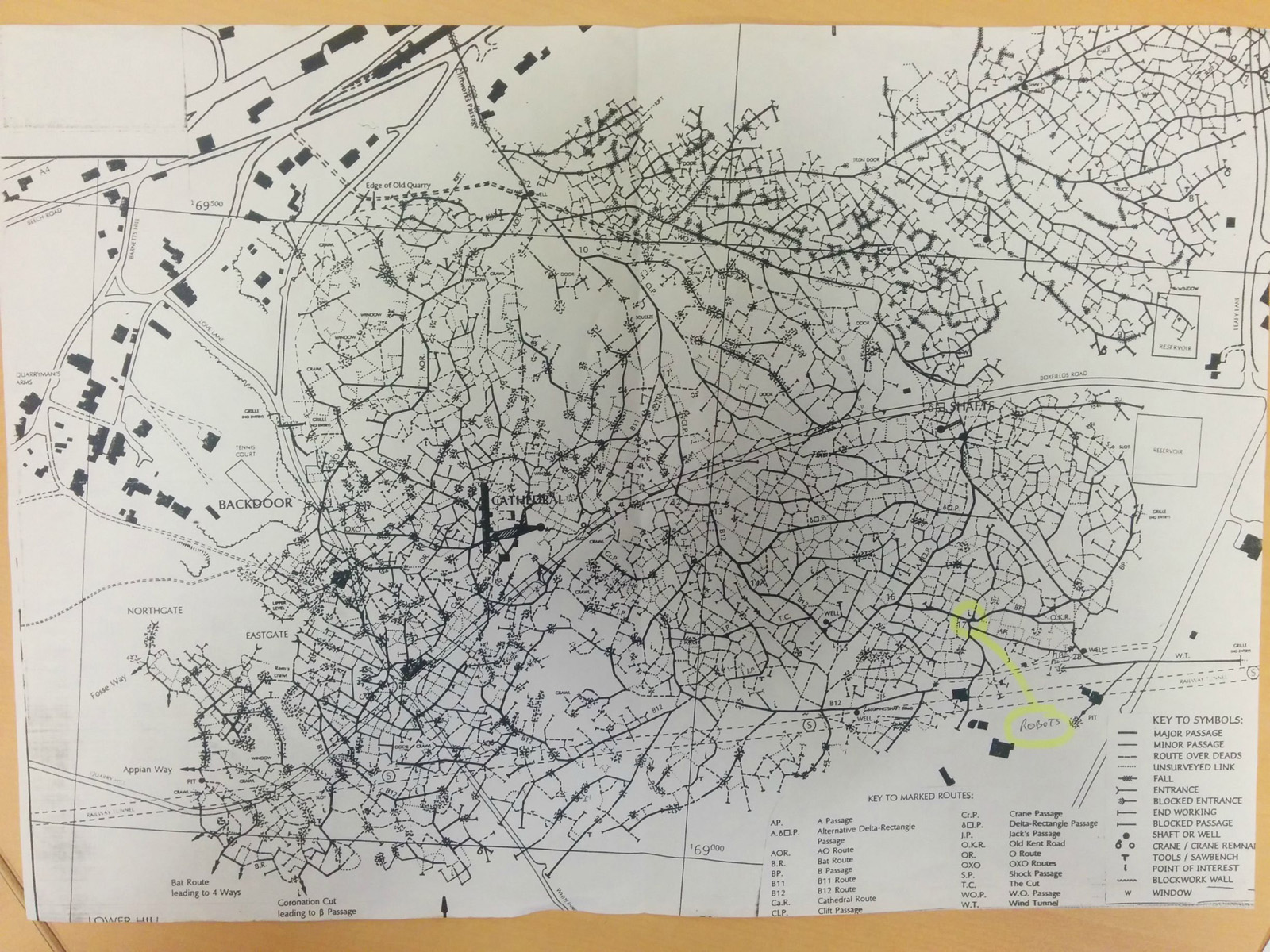
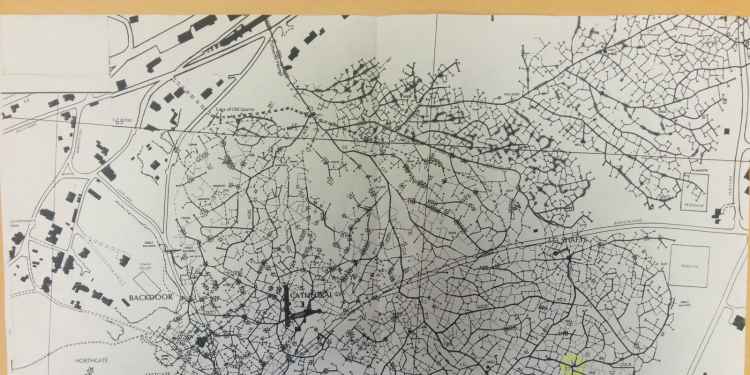
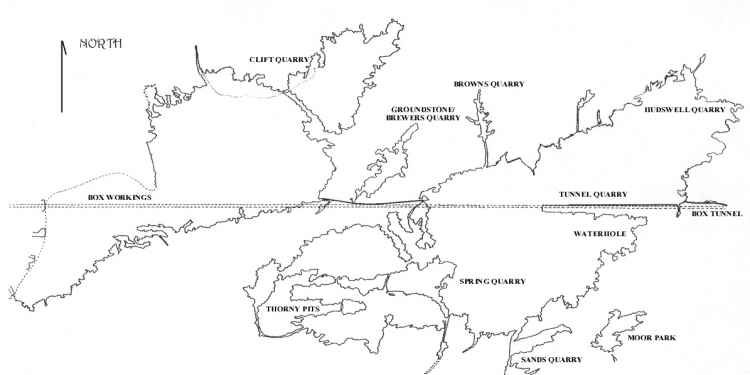


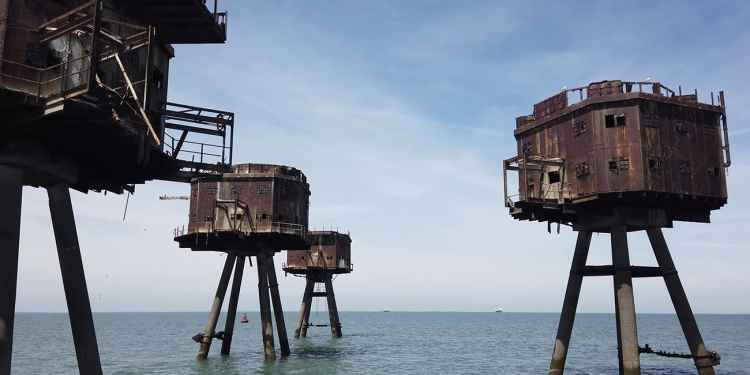
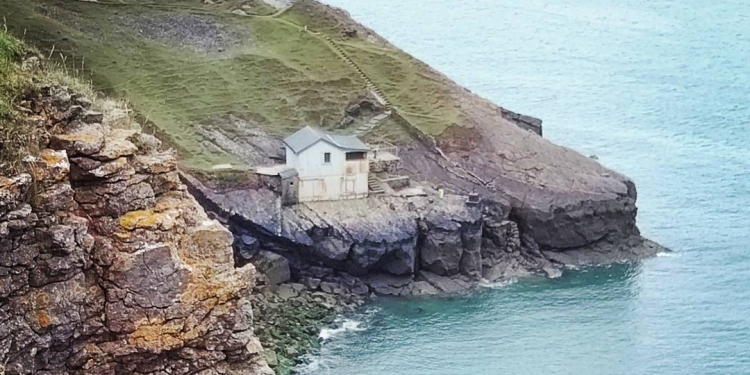
 See More on Audible
See More on Audible


Comments
Want To Join The Conversation?
Sign in or create an account to leave a comment.
Sign In
Create Account
Account Settings
Be the first to comment.